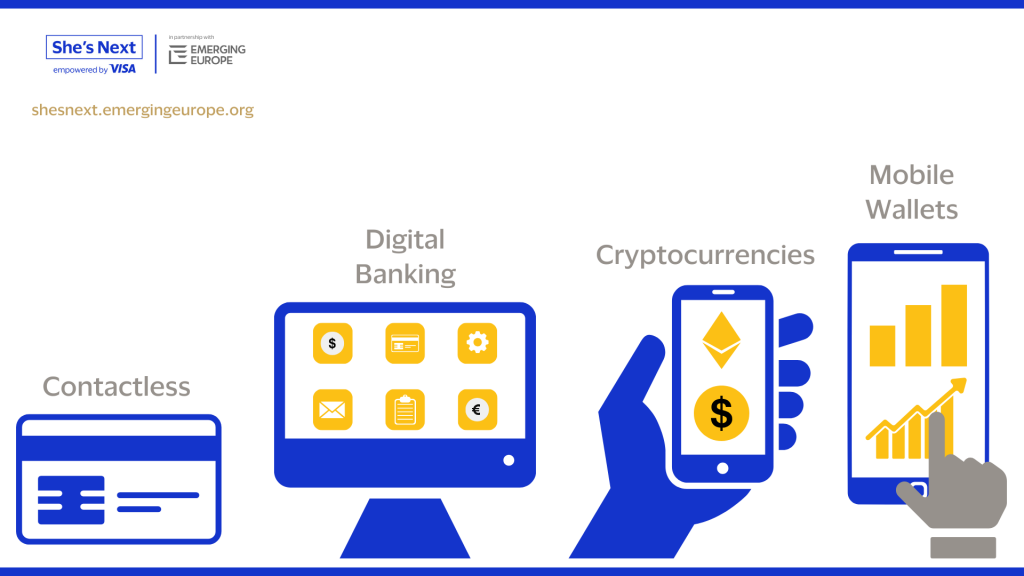
Digital payments and payment services
A modern business cannot survive on cash alone.
It is unsanitary, takes up a decent amount of space, and can be inconvenient to carry around, so most people have resorted to using card payments or wire transfers or other forms of digital payments. It is essential that businesses accept cards and or other types of digital payments because as more people move away from cash they will adopt cards; businesses will have to be ready.
Types of digital payments
Digital payments hold a lot more potential than most customers seem to believe. The main forms of digital payments are card and wire transfers but here are some other types that are starting to rise in popularity in recent years:
Digital wallet – Digital wallets are virtual platforms or apps that allow users to store, manage, and transfer their money along with other forms of currency including crypto.
Cryptocurrencies – Cryptocurrencies are decentralised digital currencies that use blockchain technology. They enable transactions without the need for a middleman like banks.
Digital banking – Digital banking allows the user to use digital technology to conduct their banking activities and financial transactions without the need to visit physical bank branches.
Contactless – Contactless allows many credit cards, debit cards, as well as mobile wallets to make transactions by tapping a card or device on a compatible reader instead of inserting the card and inputting a pin number.
Many people are increasingly opting for these payment methods rather than cash as they possess elements such as quick transactions, heightened security measures, convenience, and an array of additional benefits that enhance the overall payment experience.








Responses